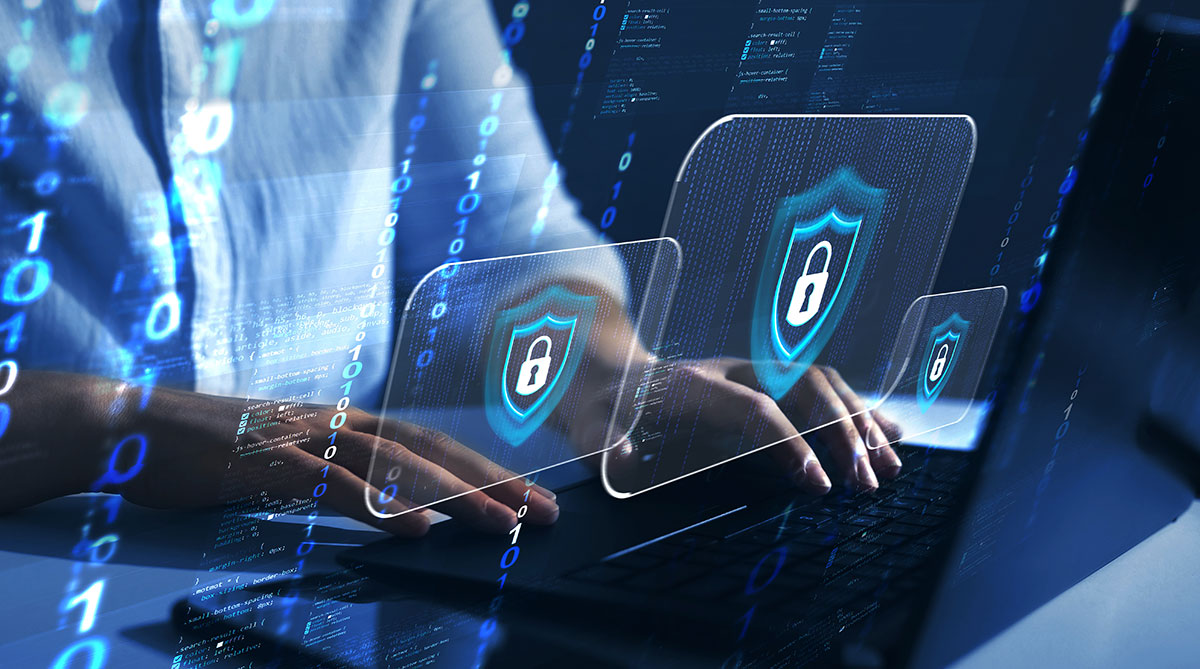When I talk to employees about cybersecurity, I often hear a familiar sigh. People are tired of constant reminders to change passwords, avoid phishing emails, and follow policies that sometimes feel like obstacles to getting their work done. This is what we call security fatigue, and it is one of the biggest challenges in the field today. As a cybersecurity analyst, I have seen firsthand how well-meaning employees can become frustrated or tune out important messages. The good news is that there are ways to make training more engaging, memorable, and effective.
Understanding Security Fatigue
Security fatigue happens when people are overwhelmed by too many warnings or instructions. It leads to burnout and disengagement. When employees feel that security is just one more task on a long to-do list, they are more likely to click through warnings without thinking or reuse passwords across accounts. This is not about laziness. It is about human limits. Our job as security professionals is not only to build technical defenses but also to design programs that people can realistically follow.
Why Traditional Training Falls Short
For many years, security training meant long slide decks, annual compliance videos, or lengthy policy documents. These methods check a box, but they rarely change behavior. Employees watch the video once, take the quiz, and quickly forget most of what they learned. Worse, some start to see training as punishment rather than support. If we want people to take cybersecurity seriously, we need to meet them where they are. That means making training relevant, practical, and even enjoyable.
Making Training Interactive
One of the most effective shifts I have seen is moving from passive learning to interactive training. Instead of watching a presentation, employees participate in exercises. For example, I run short phishing simulations where employees receive mock suspicious emails. They practice identifying red flags and reporting the messages. The feedback is immediate, and the lesson sticks much better than a lecture.
Interactive workshops can also cover topics like secure password creation or safe use of cloud tools. When people practice in real time, they gain confidence and remember what to do when it matters.
Storytelling and Real Examples
People connect with stories more than abstract warnings. Sharing real examples of breaches, whether from the news or anonymized internal cases, brings the risks to life. I often explain how a single click on a phishing link at another company led to lost customer trust or financial damage. When employees see the human and business impact, the lesson becomes more personal.
Stories also work in the other direction. Celebrating success stories, like when an employee spots and reports a phishing attempt, reinforces good behavior and shows that everyone has a role in protecting the company.
Bite-Sized Learning
Another way to fight fatigue is to deliver training in small, frequent doses rather than one long annual session. Short videos, weekly tips, or quick pop-up quizzes can keep security fresh in people’s minds without overwhelming them. Think of it as micro-learning. Five minutes of training once a week is more effective than an hour once a year.
These small lessons can be tied to current events. For example, if a new phishing campaign is trending, send out a quick guide showing employees what the emails look like and how to avoid them. This makes training timely and practical.
Gamification for Engagement
Gamification can turn security training from a chore into a challenge. By adding elements like points, leaderboards, or rewards, employees become more motivated to participate. In one program I helped design, employees earned badges for completing security tasks such as enabling multi-factor authentication or reporting phishing emails. Departments competed to see who could achieve the highest security score.
The competition was lighthearted, but it encouraged employees to stay engaged and take ownership of security practices. Even small rewards, like recognition in a company newsletter, can boost participation.
Building a Culture of Support
Training works best when it is part of a larger culture of support. Employees need to feel comfortable asking questions without fear of being judged. If someone accidentally clicks a phishing link, they should know that reporting it quickly is better than hiding the mistake. Leaders also need to model good security behavior. When managers use strong passwords and follow policies, employees are more likely to do the same.
Creating open communication channels is key. I often remind employees that my role is not to police them but to help them. When they see security as a partnership rather than a set of rules, their mindset shifts.
Measuring What Works
No program is perfect from the start. It is important to measure results and adjust. Look at metrics like the number of phishing reports, completion rates for training modules, or the frequency of password resets. Collect feedback from employees to learn what resonates and what feels like busywork.
I once received feedback that our policy documents were too long and filled with jargon. We re-wrote them in plain language and added visuals. The result was a noticeable increase in employees actually reading and understanding the policies.
Combat Fatigue
Combating security fatigue is not about asking employees to work harder. It is about designing smarter programs that respect their time and attention. By using interactive methods, real stories, small lessons, gamification, and a culture of support, we can turn training into something people actually value.
At the end of the day, cybersecurity is about people as much as it is about technology. When employees feel engaged and confident, they become our strongest line of defense. And when training feels like an opportunity instead of a burden, everyone wins.
